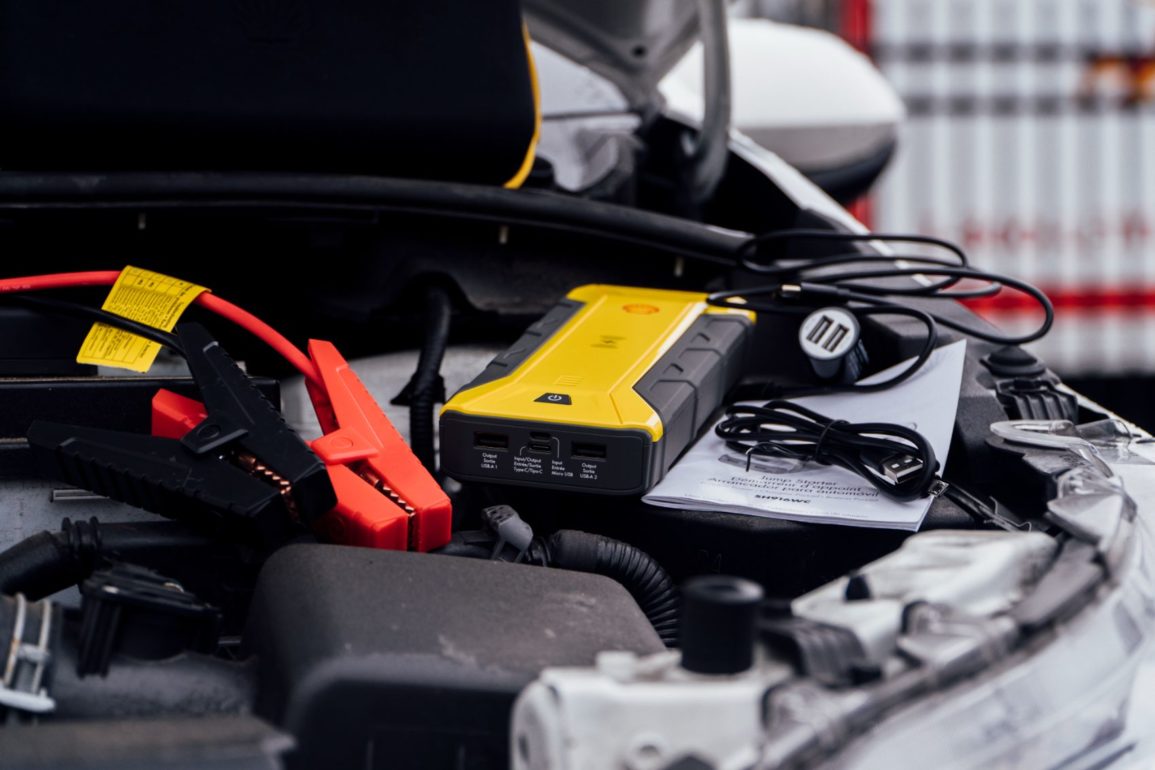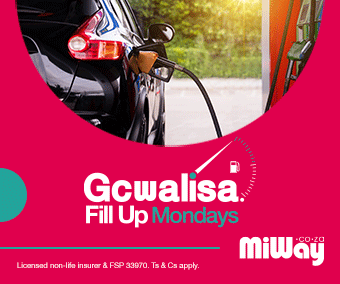Imagine you’re late for an important meeting; you rush to your car and turn the key, but nothing happens. When your battery dies, and there isn’t a second vehicle to jump-start your car, a solo jump-start kit can be a lifesaver.
Plus, for those on family road trips and who may find themselves in remote areas, being prepared with the right tools is crucial. A mobile jump-start kit not only saves you from the hassle of waiting for roadside assistance but also provides peace of mind knowing you can handle emergencies independently.
Here’s everything you need to know about solo jump-starting your car’s dead battery.
Understanding the Solo Jump-start Kit
A mobile jump-start kit is a compact, portable device that allows you to jump-start your car without the need for another vehicle.
This kit typically includes several components, namely the power bank, which is the main unit that stores the charger, jumper cables that connect the power bank to your car battery, and red (positive) and black (negative) clamps for connecting to the battery terminals.
Additionally, some models feature a built-in LED light for use in low-light conditions and USB ports that are useful for charging electronic devices.
Familiarising yourself with these components and understanding their functions is essential before you find yourself in an emergency.
Step-by-Step Guide to Solo Jump-starting Your Car
Here’s your guide to getting started with your solo-jump start kit.
Ensure Safety First
Make sure your car is on a flat surface, turn off the ignition, and remove the key. Open your bonnet and locate your car’s battery. If your battery looks swollen, cracked or leaking, do not attempt to jump start it – it’s best to replace it.
Prepare the Kit
Take out the charged mobile jump-start kit and identify the positive (red) and negative (black) clamps.
Connect the Red Clamp
Attach the red clamp to the positive terminal of your car battery, indicated with a “+”.
Connect the Black Clamp
Attach the black clamp to a clean, unpainted metal surface on your car’s frame, not on the battery’s negative terminal. The negative cable acts as a ground or earth to avoid a spark.
Power Up the Kit
Switch on the mobile jump starter and allow it to run for a few minutes.
Start the Car
Try to start your car by starting your car. If it doesn’t start immediately, wait a few more minutes and try again.
Disconnect the Clamps
Once your car starts, disconnect the jumper cables in reverse order from how they were attached – the black clamp first, then the red clamp.
Safety Precautions
Always read and follow the instructions in your portable jump starter manual. Ensure that the clamps are securely attached to prevent any sparks. Avoid touching the clamps together while the kit is powered on.
If your car fails to start after several attempts, it could indicate a more serious problem, so it’s best to contact a professional for assistance.
When to Contact Your Insurer
Contact your insurer if you can’t start your car after using the jump starter. Some insurance policies cover roadside assistance, which can help you avoid the cost of a tow truck. Check your policy to see if this service is included.
How Often to Replace Your Battery
Regular maintenance of your car battery can prevent unexpected breakdowns. Generally, a good battery should last for about three to five years. However, if you notice signs of wear, such as dim headlights or difficulty starting your car, it might be time for a replacement sooner.
Keeping your battery terminals clean and ensuring the battery is securely fastened can also help extend its life.
Other Important Questions Around Your Portable Jump-starter
Here are some common questions around using a mobile jump starter.
Can I Use a Mobile Jump-starter on Any Vehicle?
Most mobile jump-starters are designed for various vehicles, including cars, motorcycles, and boats. However, always check the specifications to ensure compatibility with your vehicle.
How Do I Maintain My Mobile Jump-start Kit?
Store the kit in a cool, dry place and regularly check the charge level. Recharge it periodically to ensure it’s ready when you need it. Manufacturers usually recommend charging after each use as well.
What Should I Do if My Mobile Jump-starter Doesn’t Work?
Check the connections and ensure the clamps are properly attached if the kit doesn’t work. If it still doesn’t work, the battery might be too depleted, or your car might have a more severe issue.
For Further Protection, Get Car Insurance
Although car insurance isn’t legally required in South Africa, getting affordable and reliable coverage for your vehicle is a good idea. Good car insurance protects you from financial loss in the case of an accident, and it also provides protection in roadside emergencies, such as a dead battery.
Disclaimer:
The article aims to provide South African motorists with information on what to do if their car’s battery is dead. Looking for car insurance? Get a quote for affordable Comprehensive car insurance with Prime South Africa, with fixed premiums*, reducing excess*, and top-tier service. Ts and Cs apply.
Always get professional financial advice from a certified financial advisor to ensure you select the appropriate financial services product.


























